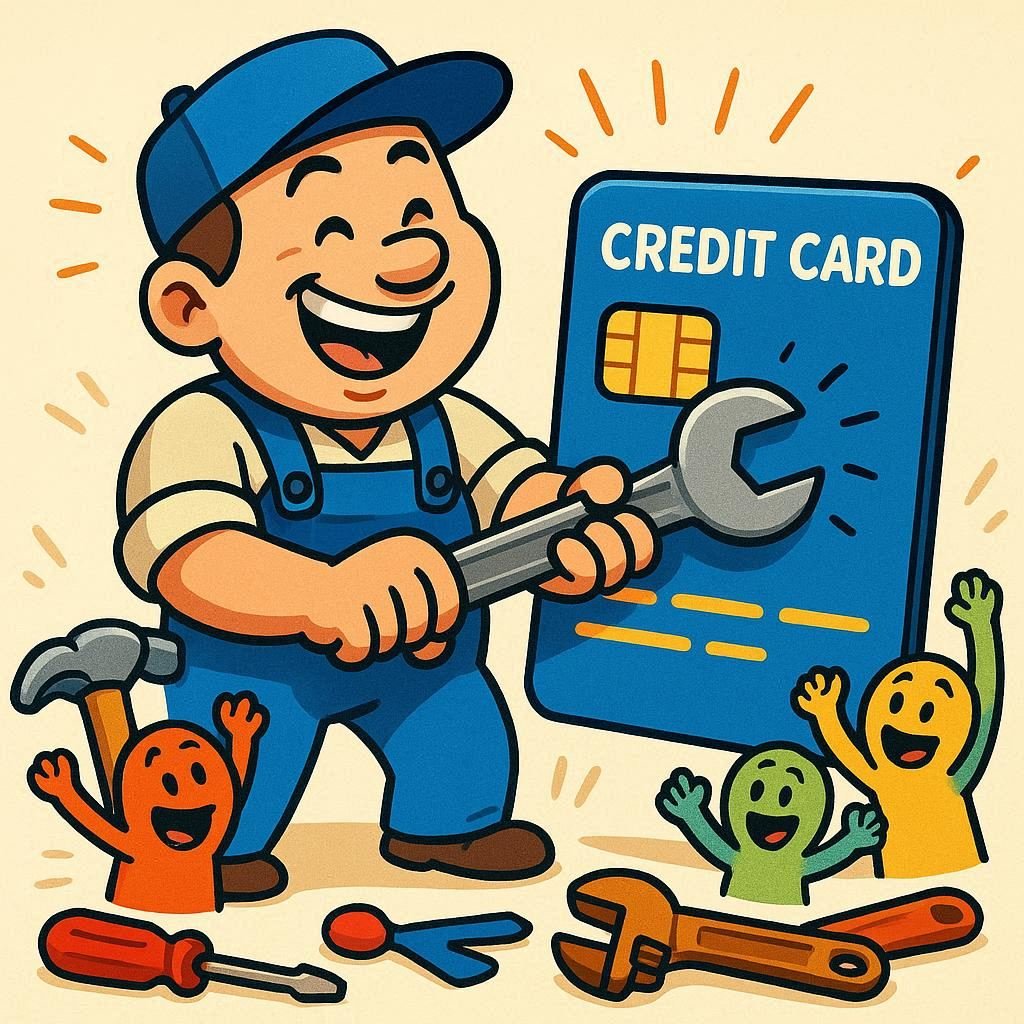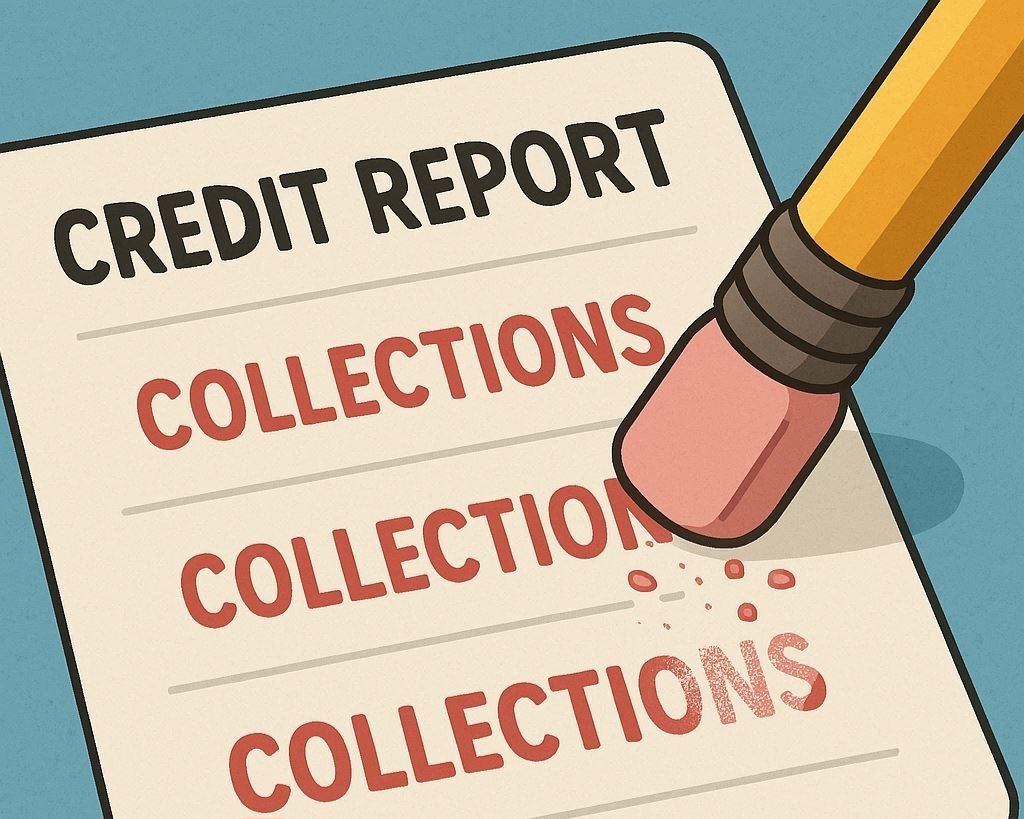If money is tight, the last thing you need is confusing advice or expensive “quick fixes.” The good news: you can improve your credit without spending a lot. This guide breaks credit repair into small, affordable steps you can start today—no fancy services required.
Step 1: Get the Full Picture (It’s Free)
You’re allowed free copies of your credit reports from the three major bureaus. Read every line and circle anything that looks wrong—spelling errors, accounts that aren’t yours, balances that look off, or payments marked late when you paid on time.
Where to get them: AnnualCreditReport.com (the official free portal).
Step 2: Make a Simple, “Bare-Bones” Budget
Credit repair is easier when your budget works. List your take-home income and your essentials: rent, utilities, groceries, transportation, phone, and minimum debt payments. If the numbers don’t balance, pick one or two small cuts (like downgrading a plan or switching a monthly subscription to a free option) and apply that savings toward your most important payments.
- Goal: Never miss minimum due dates—on-time payments are the #1 credit score driver.
- Automation: If possible, set up free autopay for minimums to avoid late fees.
Step 3: Dispute Errors With a Simple Letter
Errors happen often and can drag your score down. When you find one, dispute it with the credit bureau that’s reporting it. Keep it short: identify yourself, the account, what’s wrong, and what you want corrected. Attach a copy of the report page with the item highlighted and any proof (payment confirmations, identity theft report, etc.).
Keep records: Mail disputes with tracking, or use the bureau’s online portal and save screenshots. Follow up in 30–45 days.
Step 4: Tackle Utility and Small Bills First
If you’re behind, call the provider and ask for a payment plan or “hardship program.” Many utilities, phone carriers, and even medical offices have options that prevent accounts from going to collections if you pay a small amount consistently. It’s easier to keep problems off your report than to remove them later.
Step 5: Add Positive Credit—Even on a Tight Budget
To build credit, you need positive lines reporting every month. Here are low-cost options:
- Secured credit card: You put down a small deposit (often $49–$200). Use it for one small bill a month, then pay in full.
- Credit-builder loan: A small “loan” held in a savings account while you make on-time payments. At the end, you get the money back.
- Rent reporting: Some services report your on-time rent for a modest fee. Ask your landlord if they participate—or look for low-cost programs.
Tip: Keep your utilization low—aim to use less than 30% of your limit (10% is even better). If your secured card has a $200 limit, try to keep your balance under $60 before the statement closes.
Step 6: Handle Collectors the Smart Way
If a collector is calling, you have rights. Ask for the debt to be validated in writing. If it’s yours and within the statute of limitations, try a small, consistent payment plan you can actually afford. Get any settlement or payment plan in writing before you pay.
Medical collections: These are treated more leniently by many scoring models, and many hospitals offer financial assistance programs. Ask the provider to recall the collection if you enroll in assistance or pay a negotiated amount.
Step 7: Prioritize What Moves Your Score Most
- Payment history: Never be late again (set reminders or autopay).
- Credit utilization: Pay down revolving balances before statement dates.
- Length of credit: Keep your oldest accounts open when possible.
- New credit: Space out applications—too many hard inquiries can sting.
Step 8: Watch for Scams and “Too-Good-To-Be-True” Promises
Beware of services that guarantee a specific score by a specific date, ask you to lie, or demand high upfront fees. Legit help focuses on budgeting, error disputes, and education—not magic tricks. If you want guidance, look for a nonprofit credit counselor who offers free or low-cost sessions.
What a Realistic Timeline Looks Like
Weeks 1–2: Pull reports, make a budget, set autopay, and send any disputes.
Weeks 3–6: Open one low-cost builder product (secured card or credit-builder loan) and make on-time payments. Negotiate payment plans for any past-due bills.
Months 2–4: See early score improvements from on-time payments and lower utilization.
Months 4–12: Steady gains as positive history builds. Keep it boring and consistent—that’s the secret.
Mini Scripts You Can Use
For utilities/phone: “Hi, I’m experiencing financial hardship. Can we set up a payment plan that keeps my account in good standing and avoids collections?”
For medical providers: “Do you have financial assistance or charity care? If I enroll, can the collection be recalled and reported as paid or not sent at all?”
For collectors: “Please send written validation of this debt. If it’s valid, I’m willing to discuss a written payment plan I can afford.”
Quick Checklist
- Download all three credit reports and mark any errors.
- Build a bare-bones budget and automate minimums.
- Dispute mistakes with clear proof and track everything.
- Add one positive line (secured card or builder loan).
- Keep utilization under 30%—lower is better.
- Negotiate payment plans; get terms in writing.
- Avoid expensive “repair” promises—stick to proven steps.
Bottom line: Credit repair doesn’t require a big wallet. It requires small, consistent actions you control: pay on time, use a little credit wisely, fix errors, and build habits that protect your progress. Start with one step today, and let time and consistency do the heavy lifting.





